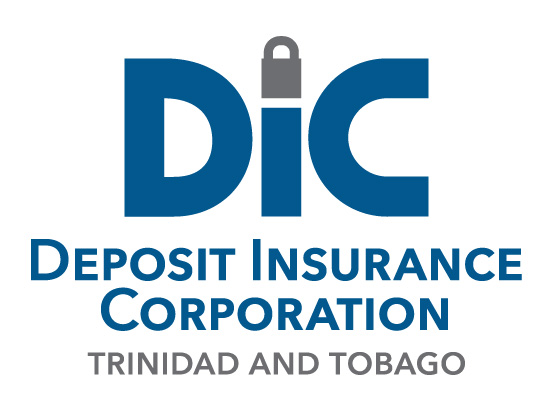Facts and Common Myths surrounding deposit insurance in T&T
Myth: The Deposit Insurance Corporation (DIC) is empowered to close a member institution.
Fact: A member institution licensed under the Financial Institutions Act, 2008 can only be “closed by or with the approval of The Central Bank of Trinidad and Tobago as a result of financial difficulties.”
Myth: All financial institutions that take deposits are covered under the Deposit Insurance Fund.
Fact: ONLY institutions that are licensed under the Financial Institutions Act, 2008 are covered under the Deposit Insurance Fund.
Myth: Placing funds in any product/instrument offered by a member institution of the Deposit Insurance Fund would be covered by the DIC.
Fact: ONLY TT dollar Savings Accounts, TT dollar Chequing Accounts and TT dollar Fixed Deposit Accounts are considered for deposit insurance coverage.
Myth: An individual can place funds in different types of TT dollar deposits such as Fixed Deposits, Chequing Accounts and Savings Accounts with the same member institution of the Deposit Insurance Fund in order to increase his/her deposit insurance coverage.
Fact: An individual can in fact increase his/her coverage in this circumstance but only up to the prescribed limit of TT$200,000. Eligible deposits held by the same individual in the same member institution in the form of TT dollar Fixed Deposits, TT dollar Chequing Accounts and TT dollar Savings Accounts are added together and insured up to a maximum of TT$200,000.
Myth: Establishing more than one joint account in the same member institution of the Deposit Insurance Fund, with the same names increases deposit insurance coverage.
Fact: Depositors with joint accounts can in fact increase their coverage in this circumstance but only up to the prescribed limit of TT$200,000. All joint accounts in the same member institution of the Deposit Insurance Fund, with the same names (notwithstanding alterations to the sequence of names) are added together and insured up to a maximum of TT$200,000.
Myth: Beneficiaries under all trust account arrangements are insured separately.
Fact: The interests held by beneficiaries established under an irrevocable express trust account are insured separately up to the maximum TT$200,000 prescribed limit. Additionally, interests in accounts held by the Settlor, Trustee or Administrator of an irrevocable trust account are insured separately from the interests of the beneficiaries named under an irrevocable express trust account.
Myth: Mutual Funds offered by member institutions of the Deposit Insurance Fund are covered by Deposit Insurance.
Fact: Mutual funds are NOT covered by deposit insurance.
Myth: Deposit insurance can be claimed while the member institution is still continuing in operation.
Fact: Deposit insurance is ONLY activated upon closure of a member institution.
Myth: Depositors of a failed member institution would receive payment immediately upon closure of the failed member.
Fact: The legislation governing the operations of the Deposit Insurance system provides for payout to commence within 3 months of the closure of a member institution.
Myth: Certificates, deposit books and other documentary evidence of deposits held in a member institution are not relevant to making claims in the event of a failure.
Fact: A claim, supported by appropriate proof, must be made to the Deposit Insurance Corporation before payment of deposit insurance can be made. As such, all information including certificates, deposit books bank statements etc. would be required to facilitate a smooth payout process. See Tips for Depositors.
Myth: Depositors of a failed member institution have an unlimited time within which to make a claim on the Fund.
Fact: Depositors are granted a 12 month window in which to make a claim after which they can claim against the estate of the failed member. After the passage of 12 months, claims can only be made against the estate of the failed member institution payment for which would depend on the values realised from disposal of the assets.
Myth: The uninsured balance, being that portion of deposit/(s) over TT$200,000 for which a Liquidator’s certificate was issued, would never be honoured by the DIC.
Fact: A liquidator’s certificate is issued to the depositor by the Corporation for the unsecured balance being that portion of the deposit over TT$200,000. If, the realizations from the disposal of assets net of the subrogated claim of the deposit insurer results in a surplus, then unsecured balances would be paid on a pro rata basis.




